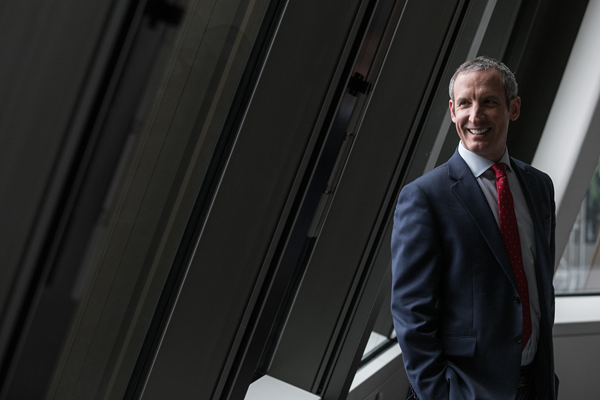Climate-conscious
Impax discuss how climate change offers investment opportunities.

 Climate change is real but is that reflected in your portfolio of investments? Impax Environmental Markets plc (IEM) co-manager Jon Forster shares two ways to consider climate change when you’re investing.
Climate change is real but is that reflected in your portfolio of investments? Impax Environmental Markets plc (IEM) co-manager Jon Forster shares two ways to consider climate change when you’re investing.
I think most people now accept that climate change is happening, but the extent to which the risks that it creates are reflected in investment portfolio’s is harder to ascertain.
In the last few years discussion of climate risk has increased in the investment world. For instance, taking the impact of emissions regulation or carbon taxes into account in sectors like energy and building. To do so may seem obvious, yet just a few years ago very few investors considered these risks when making assumptions about future prices and volumes.
The financial impact of climate change is significant. The National Oceanic and Atmosphere Administration (NOAA) states that in the United States alone there were 30 weather and climate related disasters that cost over $1 billion each between the start of 2017 and the end of 2018. In contrast there were 31 events in the ten years between 1980 and 1990.
Climate change clearly represents a risk to financial returns, but it also presents opportunities for active long-term investors. At Impax we categorise climate change investment opportunities under two headings:
Mitigation – avoiding problems
Investing in companies that enable us to mitigate climate change by reducing our environmental impact, for instance energy efficiency, renewable energy, methane reduction and agricultural efficiency.
There is a perception lag in this area of investment. People continue to perceive subsidies as a key attraction, harking back to the days when solar was sold on the back of generous tax breaks. But tax breaks are short-term measures, long-term investors are far more interested in regulation than subsidies. As regulation tightens, emission or recycling targets for instance, new solutions are needed, and this accelerates growth.
Advances in technology often provide these solutions. We are currently seeing rapid growth driven by pure economics, not subsidies, in several areas including the industrial internet of things and electric vehicles (EVs).
Adaptation – coping with a more volatile climate
Investing in companies that enable us to adapt and meet the challenges of a changing climate, such as water infrastructure, grid strengthening, back-up power and food production.
Cape Town offers an example of the types of challenges climate change adaptation can present. The city’s population of circa 4 million people, suffered a period of drought that meant its main reservoir was close to zero in March 2018. As a result, residential water use was cut from around 120 litres per person per day in 2015 to 50 litres at the start of 2018.
With drought events more prevalent today than in the past, officials now need to invest in a range of measures including conservation and leak detection. In contrast flooding and storms represent different priorities, where protection and clean up are more pressing. The application of technology to cope with aggressive climate events and variable power generation and the development of more robust infrastructure, we believe, offers attractive long-term returns.
In conclusion
Climate change is real and the risks it presents to financial returns are real. To meet the challenges that it represents the global economy is already transitioning to a more sustainable model, offering growth opportunities that long-term active investors should find very exciting indeed.





